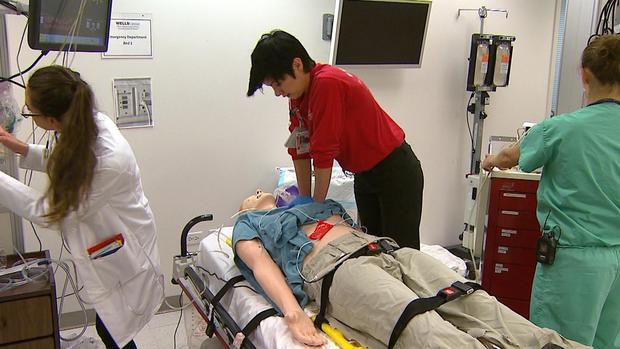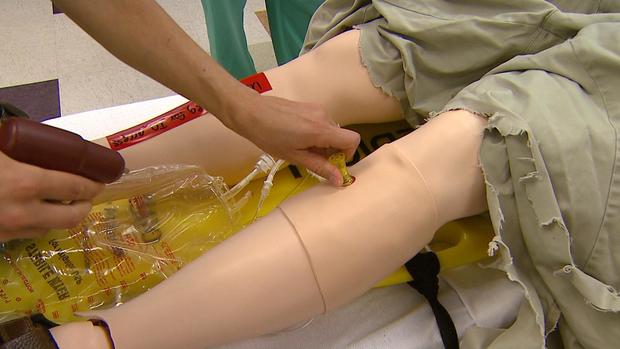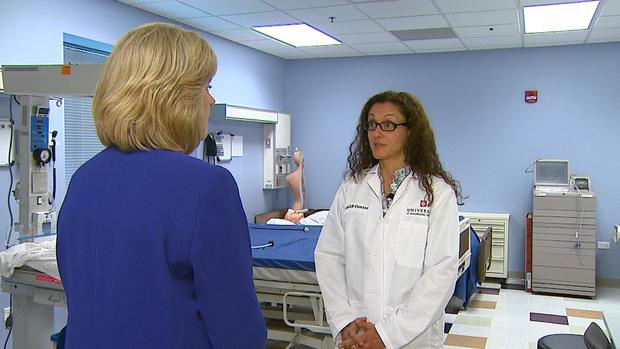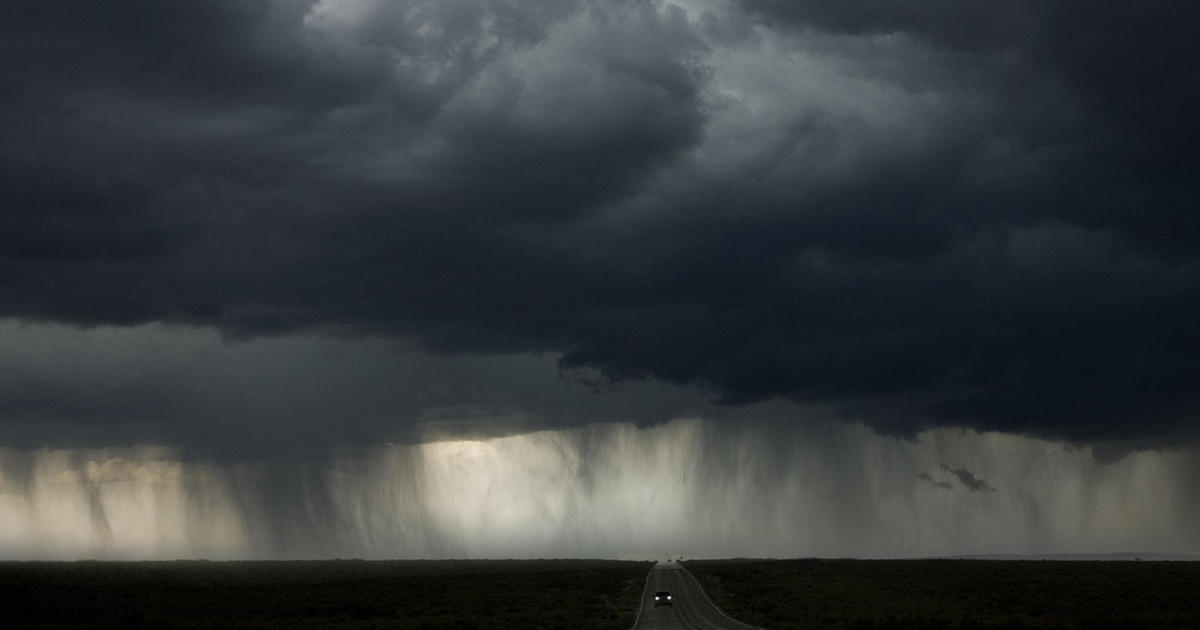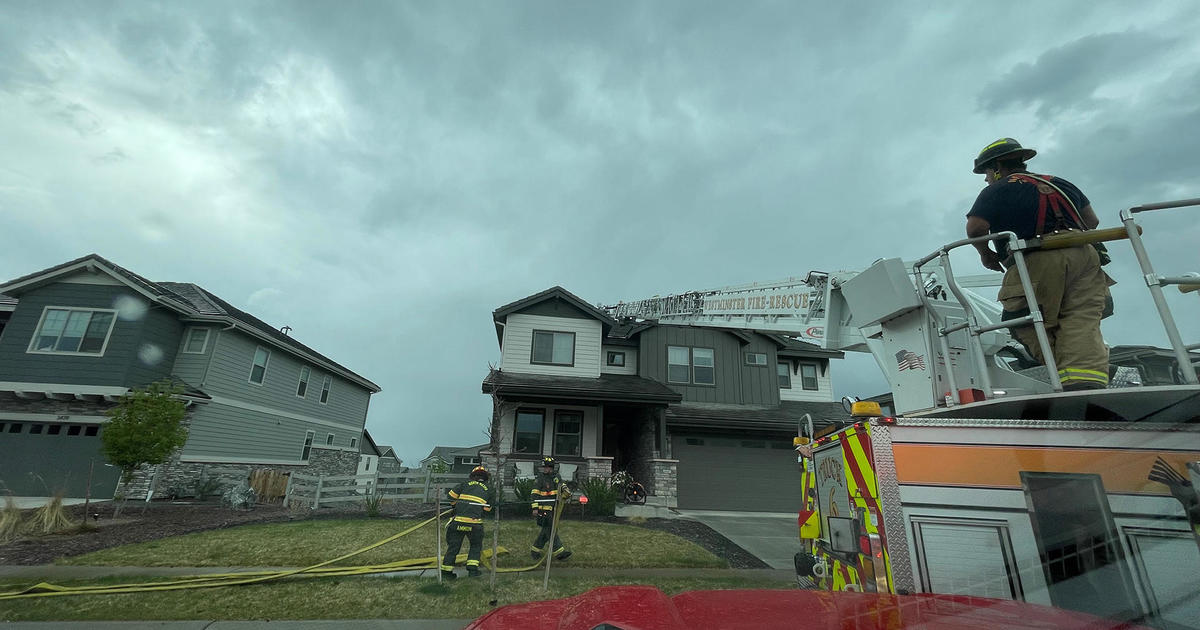University Of Colorado Hospital ER Gets Important Training For Lightning Strike Victims
AURORA, Colo. (CBS4) - In 2014 in Colorado lightning killed two people and injured 12 others. Lightning strikes that reach people are rare, but they can short circuit the brain and the heart.
Recently CBS4 Health Specialist Kathy Walsh sat in on a training session for Emergency Department physicians at the University of Colorado Hospital. In a simulation lab, the medical staff practiced treating lightning strike patients so they can be ready for the real thing.
"Often times in the ER we don't actually know what to expect," said Dr. Jessica Slim, an Emergency Department resident at UCH.
Another resident, Dr. Avery McKenzie, added, "A lot of stuff goes on and all at once which is what makes this such a difficult situation."
In the mock emergency set up for this day, the scenario was a 30-year-old man rushed to the ER after being struck by lightning while golfing. He arrived with no heart rate. Because CPR is critical when lightning strikes, in the simulation chest compressions were nearly constant.
McKenzie drilled into the patient's shin bone to quickly administer IV fluids. At the same time, Slim intubated the patient and put him on a ventilator to help him breathe. Someone took over on CPR.
Eventually, the patient was shocked with a defibrillator to try to start his heart. This was as close to real as doctors in emergency training can get.
"This helps us to practice our communication with all of the staff," said Slim.
Scenarios in the lab can be key to success.
"Because we don't see lightning strike victims all that often," explained Dr. Tracy Cushing, an expert in wilderness medicine.
"As for all medical things, the more rare the cases are the less practice we get. So the more simulation we can do, the more prepared we'll be in real life," added Cushing.
She also offered this rule to follow: "'When thunder roars, go indoors' is probably the most important thing you can remember," Cushing said.
She emphasized that people who see someone struck by lightning need to act quickly.
"As long as there's no risk to themselves of getting struck, they need to start doing CPR," said Cushing. "You can save someone's life."
Kathy Walsh is CBS4's Weekend Anchor and Health Specialist. She has been with CBS4 for more than 30 years. She is always open to story ideas. Follow Kathy on Twitter @WalshCBS4.
